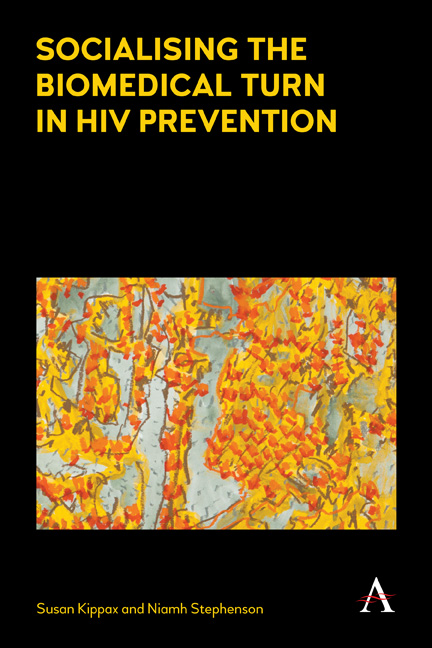2 - ‘Owning’ Uganda
from Part I - EFFECTIVE HIV PREVENTION
Published online by Cambridge University Press: 17 June 2017
Summary
We start our analysis of global HIV prevention by considering two moments in the Ugandan epidemic, an epidemic that has already come under intense scrutiny: moment one, between 2000 and 2014 and moment two, the late 1980s to 1990s. Despite sustained calls by the Joint United Nations Programme on HIV/AIDS (UNAIDS) to ‘know your epidemic’ (Wilson & Halperin, 2008; UNAIDS, 2014c) – to understand its nuances and specificities – much of the extensive interrogation of Uganda's epidemic to date has clouded an understanding of shifts in HIV transmission and prevention. Here we analyse reports and accounts of Ugandan prevention efforts, distinguishing between the social practices Ugandans developed to respond to HIV and the retrospective identification of ‘individual behaviours’ put forward as instances of ‘Abstinence, B[eing] Faithful, [Using] Condoms’ (ABC).
Uganda is about the same geographic size as the United Kingdom, with a population of nearly 36 million people and an HIV prevalence in adults of currently 7.3 per cent (although overall prevalence is higher in urban populations, prevalence is rising in rural populations) (Uganda AIDS Commission, 2014). Relative to some other African countries, 7.2 per cent may not seem high (for example, Swaziland or Botswana), however an estimated 1.6 million Ugandans (children and adults under 50) are living with HIV (Uganda AIDS Commission, 2014). Of more concern, HIV incidence has risen in recent years, with no significant decline – new infections in adults in 2011 were 134,634, in 2012 were 139,178 and in 2013 were 131,279 (Uganda AIDS Commission, 2014).
Moment One: 2000–2014
Prevalence has also risen with the upturn located around 2003–2004 (Green & Ruark, 2011), an estimate confirmed by recent biannual country reports (Uganda AIDS Commission, 2012) documenting the HIV prevalence among antenatal clinic (ANC) attendees (see Figure 2.1).
This increase in HIV prevalence is due not only to the impact of treatment, but also to an increase in HIV incidence. UNAIDS figures show a small but steady rise in HIV incidence from the early 2000s to 2009 (see Figure 2.2).
The HIV incidence figures indicate a 16.4 per cent rise in adult incidence between the reporting periods 2007–2008 and 2009–2010 (Uganda AIDS Commission, 2012).
- Type
- Chapter
- Information
- Socialising the Biomedical Turn in HIV Prevention , pp. 27 - 46Publisher: Anthem PressPrint publication year: 2016



